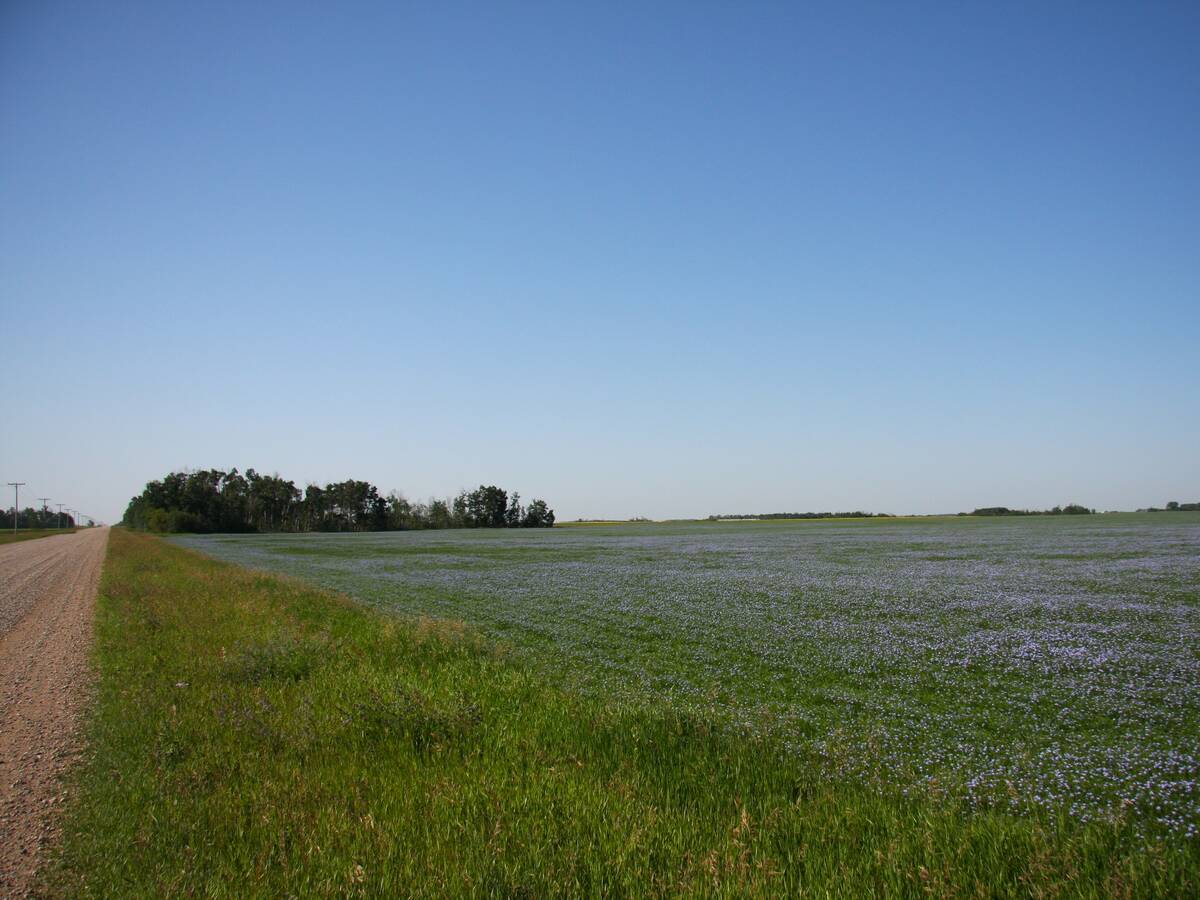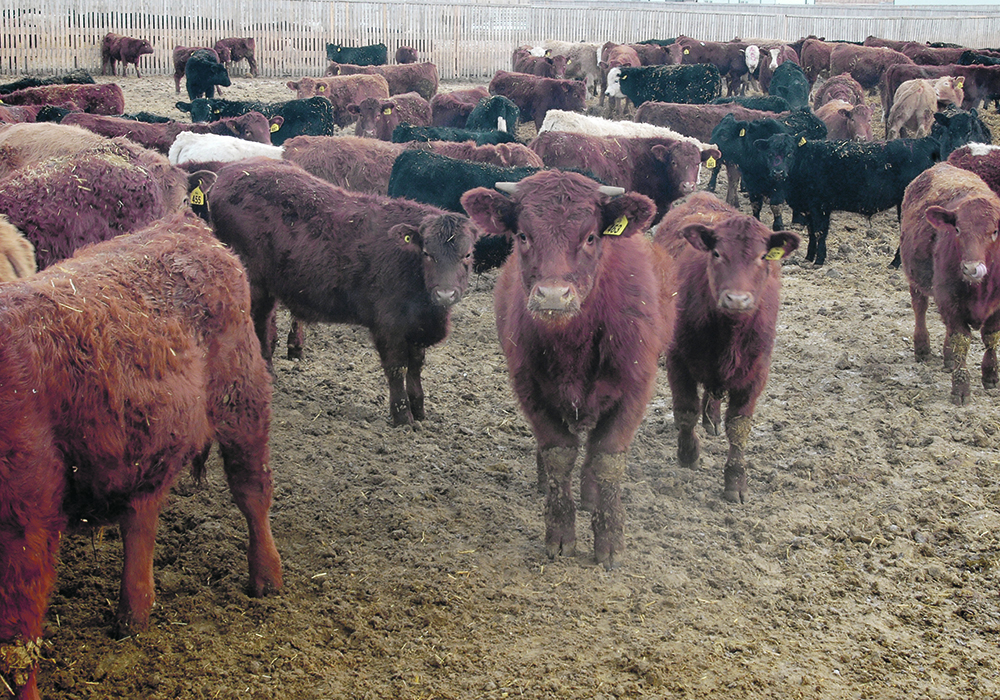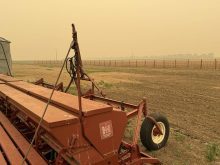A proposed feedlot near Pigeon Lake in central Alberta met most of the criteria set out in provincial regulations but not enough to counter the public outcry of residents and Indigenous communities in the region.
In its decision regarding G & S Cattle’s application to build a 4,000 head confined feeding operation, the Natural Resources Conservation Board denied the application, saying it “would pose materially negative and long-lasting effects on the community.”
NRCB approval officer Nathan Shirley also found the feedlot was not an appropriate use of the land.
Read Also

Farmland advisory committee created in Saskatchewan
The Saskatchewan government has created the Farm Land Ownership Advisory Committee to address farmer concerns and gain feedback about the issues.
The decision highlighted that the proposed project met the required setbacks from residences and water bodies, had sufficient means to control surface runoff of manure and met the nutrient management requirements regarding the application of manure.
Some geotechnical deficiencies were identified in the NRCB decision.
However, Shirley stated in the decision even if the deficiencies were addressed, it wouldn’t outweigh the negative effects at the community level.
Carson Hvenegaard, program manager at the Pigeon Lake Watershed Association, said G & S Cattle can appeal the decision though it isn’t known if that will happen.
Company owner Greg Thalen declined to comment.
Hvenegaard credited the community response to the proposed feedlot as the main reason for the application being denied.
“We’ve gone over hundreds of these past decisions and usually there is three or no people who write into the NRCB with their opinion,” he said. “This time, 388 people wrote in before the deadline and many more afterwards to us.”
Concerns raised by community members included the possibility of a negative impact on water quality at Pigeon Lake. People in communities surrounding the lake focused on minimizing risk.
“It’s a very important area that lots of people recreate in and use for traditional harvesting and that is something that needs to be taken into account,” said Hvenegaard, acknowledging that it may have met provincial guidelines for water bodies. “(The decision) also gave a lot of weight to the Pigeon Lake Watershed Management Plan, which was developed in partnership with all the municipalities around the lake.”
Hvenegaard said it isn’t an issue of residents being against agricultural development, citing the thousands of head of cattle that reside in the region with ranchers taking beneficial steps to protect riparian areas.
“There are definitely ways agriculture and environment can benefit each other,” he said. “PLWA isn’t anti-agriculture, isn’t anti-cattle. We’re happy to work with these landowners to try to help them take care of the environment as best they can while also having a successful cattle farm.”
Pigeon Lake is home to more than 2,000 cottages spread across 10 summer villages as well as a provincial park.
















